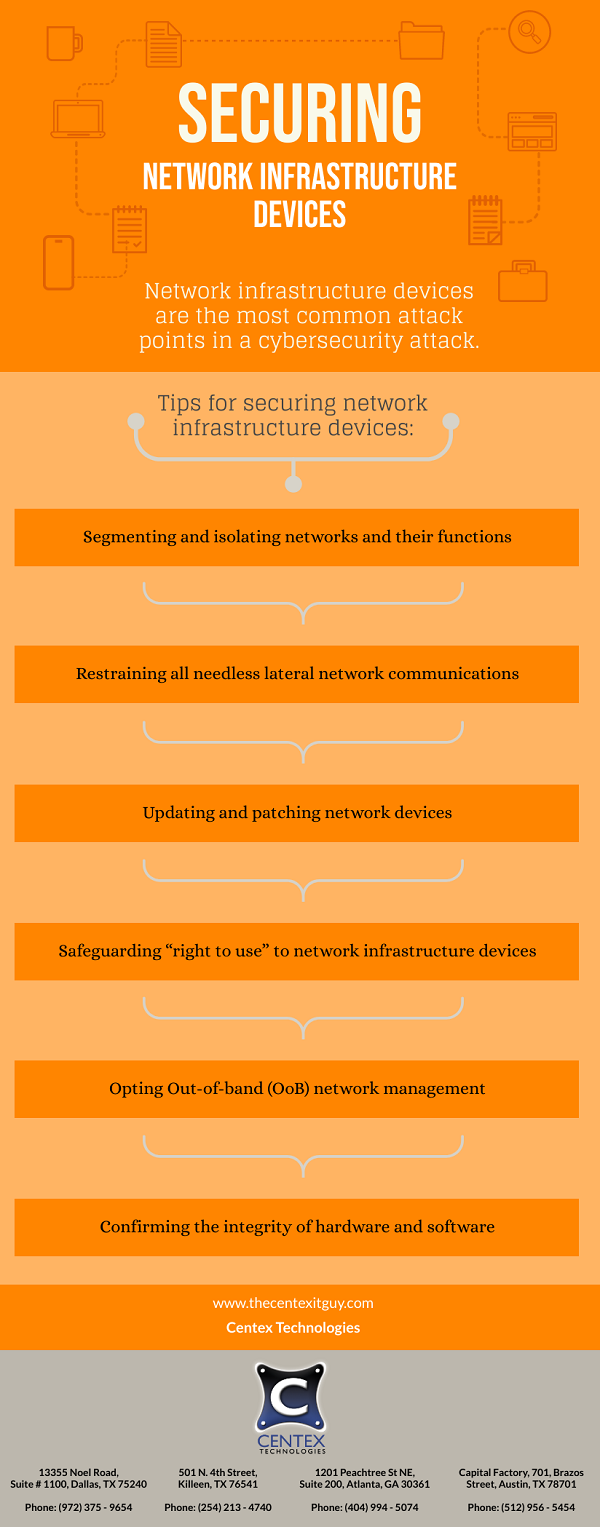The pandemic has facilitated, rather than forced, many office workers to work remotely for their individual firms. Professionals working remotely encounter a number of challenges particularly in the arena of cyber security. The onslaught of pandemic has led cyber threat actors to exploit the situation and target those working remotely.
It is advised that businesses and employee undertake the below measures to ensure that their remote working experience is safe and secure:
Security-first environment – When working remotely, it’s critical to choose a physically secure location. The employer or employee has to avoid disclosing any PII (Personal Identifiable Information) when connected online. Remote workers delivering online video conferences and presentations must try to mask their personal surroundings. Malicious actors are continuously on the lookout for PII that is revealed during such video calls. It is also important that other persons in the house do not have access to your laptop and desktop system. Do not use public networks for personal or business purposes.
Securing your Wi-Fi network – Make sure your WiFi Security is set to WPA2 on your Broadband Router. The default credentials across your routers, modems, and cellular WiFi hotspots must be changed. As you are working remotely, it’s a good idea to set up specific Wi-Fi networks. A Host network must be reserved for employees-employers and the Guest network available to the rest of the family. This will allow you to isolate data transmission between WiFi networks and avoid bottlenecks and network clogs.
Remote working communication and collaboration platforms – Employers need to invest in video conferencing apps, cloud-based office suites, and other technologies to be able to operate remotely. As managers and leaders, it is your responsibility to ensure that these tools are safe to use by your employees. You may assess the safety and security of any apps you want your employees to use by working with your IT and Security staff. It’s also crucial to remind your remote workers to update their software applications on a frequent basis to ensure that they have the most up-to-date security updates.
Do not use office equipment for personal use – Employees who have been given work equipment should avoid using it to log into personal social media accounts. Remote workers should not engage in any personal activities of interest on company-issued devices and appliances.
Avoid any suspicious content, emails and chat messages on social media – The pandemic has prompted criminal actors to take advantage of the situation and send phishing emails around the world. They replicate emails from local government officials and containing forms to be filled out with personal information or work-related information. Rather than believing in any random unconfirmed message on social media being propagated by bad actors, pay attention to your local and regional government news broadcasts and laws.
Strengthen the cyber security posture of your organization – Antivirus software alone is no longer sufficient to keep hackers and cyber criminals at bay. You should invest in a complete cybersecurity system that can protect you from all types of malware, frauds, and zero-day assaults.
VPNs must be provided to ensure encrypted and secure transmission of work data – Enable the different security features offered by vendors and OEMs in your devices and use them to protect yourself and your data while working remotely. It is advised to use VPN connections to connect to official applications.
These are just a few of the security options remotely working employers and employees must adopt. While the employees might not be physically protected from the office, employers must ensure to provide them adequate digital security while working remotely.
Centex Technologies provide complete cybersecurity solutions to businesses. For more information, call at (254) 213-4740

